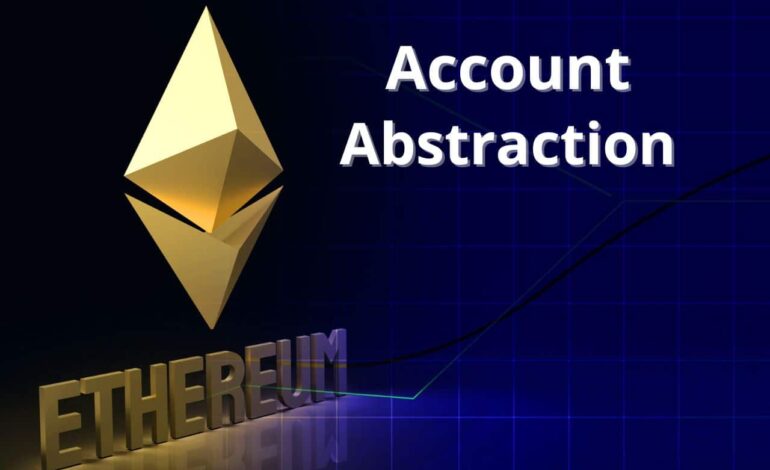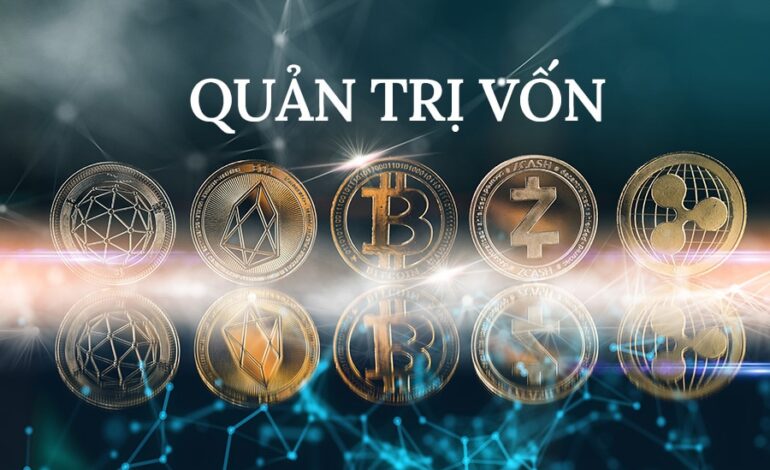In any market, price increases for a product or service often stem from the gap between supply and demand. The Cryptocurrency market is no exception—coins with strong demand for ownership are likely to see significant price increases. However, in the crypto world, demand can be either genuine or speculative. Understanding the factors behind price increases can help us time our entry and exit points to maximize profit. Let’s dive deeper into these factors.
Bitcoin’s Uptrend Season
One of the key drivers for coin price increases is the Bitcoin (BTC) uptrend season. Bitcoin typically holds around 45% of the total market capitalization, so when BTC’s price rises, the overall market capitalization goes up, often causing money to flow into other coins, pushing their prices up as well. During an uptrend season, most coins experience price increases.
Identifying Signals: Based on historical data, Bitcoin (BTC) reached new peaks in 2013, 2017, and 2021, with the market seeing a strong rise for about six months. Considering this cycle, we could expect BTC to peak again in 2025.
Recommendation: Avoid getting overly carried away by BTC’s upward wave. It’s crucial to stay alert and recognize when BTC’s cycle might be nearing its end so you can exit positions in other coins accordingly.

Independent Ecosystems
In the current crypto market, this is one of the most sustainable factors for price increases. This kind of growth is based on genuine demand. Blockchain platforms with their own ecosystems tend to attract funds into these ecosystems. Some notable examples are ecosystem coins rooted in DEFI (Decentralized Finance), like Ethereum (ETH), Binance (BNB), TRON (TRX), Solana (SOL), and Avalanche (AVAX). As more capital flows into these ecosystems, the underlying value of their native coins increases, reflecting the strengths of their respective blockchains.
Additionally, the Dapps operating on DEFI ecosystems require users to hold native coins in their wallets to pay for transaction fees. This demand for platform coins further drives up their prices.
Identifying Signals: To assess the potential of a platform-based Blockchain project, some research skills are needed. Key indicators include whether the project serves a new trend and addresses issues left by earlier Blockchain generations, if it has backing from major investment funds, and more.
Recommendation: Avoid investing after a project has already seen a strong increase and is heavily promoted in communities. It’s better to take profits in stages.
Learn more: Blockchain Ecosystems
The Demand for Owning and Holding a Coin
Projects with their own tokens often develop strategies to encourage users to hold and store these tokens. This holding can provide specific benefits or yield returns to the holder, such as through staking, yield farming, lending, and borrowing. Another angle is that holding strategies can minimize selling pressure, helping to drive up the coin’s value by reducing the incentive for investors to sell.
The Reputation of a Coin
When it comes to reputation, established coins with a strong presence in the market tend to stand out. Examples include Bitcoin (BTC), Ethereum (ETH), Ripple (XRP), and Binance (BNB). Investors are often more inclined to invest in these high-profile coins. As a result, when the overall market capitalization increases, well-established coins with strong reputations are usually the first to rise.
The FOMO Effect
This is perhaps the most common factor driving rapid price increases. FOMO, or “Fear of Missing Out,” is the psychological state of wanting to avoid missing out on something. In this case, a community or group may heavily promote a specific coin, causing many people to buy in so as not to feel left out, leading to an unusual spike in the coin’s price.

Signs to Look For: A surge of community chatter about a coin, with everyone talking about it. Unusual price waves and continuous increases.
Recommendation: Ride the FOMO wave but aim to exit after about three price jumps. Avoid the “HOLD to die” mentality for these types of coins.
When “Whales” Want to Pump Prices
In this scenario, large market funds inject capital to pump a coin’s price. This attracts smaller investors who follow the strong upward trend. Afterward, these “whales” may take their profits, leaving smaller investors at a loss. In the still relatively small-cap crypto market, price manipulation remains a real concern, especially with low-cap coins where “pumping” prices can be even easier.
Signs of manipulation often include spreading negative news to push prices down, followed by a stream of positive news to drive them up again. This is especially common with top coins.
Signs to Look For: Waves of negative news, then an influx of positive updates, typically seen with top coins.
Recommendation: When bad news hits, consider buying and then wait for the positive news to follow. This strategy applies best to large-cap coins, while low-cap coins are more likely to be FOMO-driven.
Elon Musk’s Tweets
This factor is a bit more light-hearted, referring to Elon Musk’s Twitter posts in 2021 about Bitcoin and DOGEcoin, which caused their prices to skyrocket. More broadly, this includes the promotional tactics used by KOLs (Key Opinion Leaders) and influencers to create FOMO in the market.

From the above, it’s clear that coin price increases are driven by demand. This demand can come from real value or be artificially created by certain groups. As individual investors, it’s important not to dismiss or negatively view any of these factors. By understanding the reasons behind price increases, we can develop more suitable investment strategies.



